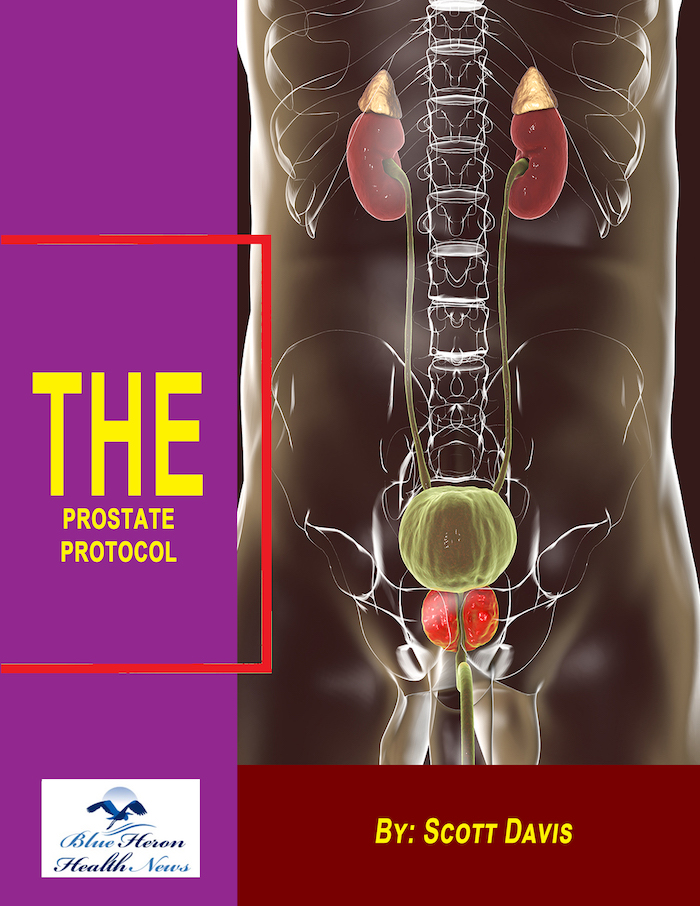
How does obesity influence the risk of prostate enlargement?
Obesity influences the risk of prostate enlargement (benign prostatic hyperplasia, or BPH) through several interconnected mechanisms, including hormonal changes, inflammation, and metabolic factors. Here’s how obesity can contribute to the development and progression of prostate enlargement:
1. Hormonal Imbalance:
- Increased Estrogen Levels: Obesity is associated with higher levels of estrogen, particularly because fat tissue (adipose tissue) is a source of aromatase, an enzyme that converts testosterone into estrogen. In overweight and obese individuals, increased aromatase activity leads to a higher estrogen-to-testosterone ratio.
- Estrogen’s Role in Prostate Growth: Elevated estrogen levels can promote prostate cell proliferation, especially when combined with increased levels of dihydrotestosterone (DHT), the most potent form of testosterone. Estrogen can also increase the sensitivity of prostate tissue to DHT, further stimulating prostate growth.
- Insulin Resistance and Elevated Insulin: Obesity is often associated with insulin resistance, which leads to elevated insulin levels. Higher insulin levels can increase the production of DHT, promoting prostate enlargement. Insulin resistance may also contribute to inflammatory processes that drive prostate cell growth.
2. Increased DHT Production:
- Higher DHT Levels: As mentioned, obesity can lead to increased levels of insulin, which in turn stimulates the production of DHT. Since DHT is a potent androgen that plays a critical role in prostate growth, higher DHT levels can stimulate the enlargement of the prostate. This is particularly important for prostate tissue in the transitional zone, which is the area most affected in BPH.
- DHT and Prostate Hyperplasia: Elevated levels of DHT can lead to benign hyperplasia (non-cancerous growth) of prostate cells, contributing to the thickening and enlargement of the prostate gland.
3. Chronic Low-Grade Inflammation:
- Inflammation and Prostate Growth: Obesity is often accompanied by chronic low-grade inflammation in the body. Inflammatory molecules called cytokines can be produced in adipose tissue, promoting inflammation throughout the body, including in the prostate. This inflammation can increase the proliferation of prostate cells, contributing to BPH.
- Obesity-Induced Inflammation: Adipose tissue in obese individuals releases pro-inflammatory cytokines such as TNF-alpha and IL-6. These inflammatory molecules can stimulate prostate tissue growth by activating signaling pathways that promote cell division and tissue remodeling.
4. Metabolic Syndrome and Fatty Liver:
- Metabolic Syndrome: Obesity is a central component of metabolic syndrome, which includes a cluster of risk factors such as high blood pressure, high blood sugar, and elevated cholesterol levels. These factors can interact with hormonal pathways and promote the growth of prostate tissue.
- Fatty Liver and Prostate Health: Obesity is also a major risk factor for non-alcoholic fatty liver disease (NAFLD), which can affect hormonal regulation. Changes in the liver’s ability to process hormones, including sex hormones, can influence prostate health. The liver plays a role in metabolizing and clearing excess hormones, and liver dysfunction can lead to hormonal imbalances that promote prostate enlargement.
5. Increased Fatty Tissue Around the Prostate:
- Local Fat Deposits: In addition to systemic hormonal effects, obesity can lead to the accumulation of fat around the prostate. Visceral fat (fat stored deep in the abdomen) can contribute to increased production of hormones and inflammatory molecules, creating a local environment that favors prostate growth.
- Increased Fatty Acids: Fat cells release fatty acids, which can contribute to inflammation and oxidative stress. This oxidative stress can damage prostate cells and promote their growth, leading to enlargement over time.
6. Impact on Testosterone:
- Testosterone Conversion: Obesity leads to lower free testosterone levels in men, as excess body fat can increase the conversion of testosterone to estrogen. While this might seem like it would reduce the risk of prostate enlargement (since testosterone and DHT are implicated in prostate growth), the resulting hormonal imbalance (lower testosterone and higher estrogen) can still support the processes that lead to BPH.
- Reduced Testosterone and Prostate Health: Lower testosterone levels can also impair the ability of the prostate to regulate growth, making it more vulnerable to the effects of elevated DHT and estrogen.
7. Obesity and Increased Risk of Prostate Cancer:
- While prostate cancer and BPH are distinct conditions, there is some overlap in the mechanisms that drive their development. Obesity has been associated with an increased risk of prostate cancer, and studies suggest that the same hormonal imbalances (such as high DHT and estrogen levels) can contribute to both conditions. In the context of BPH, obesity can exacerbate the enlargement of the prostate and increase the severity of urinary symptoms.
8. Obesity as a Risk Factor for Severe BPH Symptoms:
- Worsening of Symptoms: Men with obesity may experience more severe symptoms of BPH, including urinary retention, nocturia (nighttime urination), and weak urine flow. The increased fat tissue around the abdomen and pelvic area can put additional pressure on the bladder and prostate, potentially worsening urinary obstruction.
Conclusion:
Obesity increases the risk of prostate enlargement through multiple pathways, primarily by altering the hormonal balance in the body. The key factors include increased levels of estrogen, insulin, and DHT, as well as chronic inflammation. These changes promote prostate growth and contribute to the development of benign prostatic hyperplasia (BPH). Obesity is also associated with insulin resistance, metabolic syndrome, and increased fatty tissue around the prostate, all of which create an environment conducive to prostate enlargement. Maintaining a healthy weight through diet and exercise can help mitigate these risk factors and reduce the likelihood of developing BPH or worsening existing symptoms.